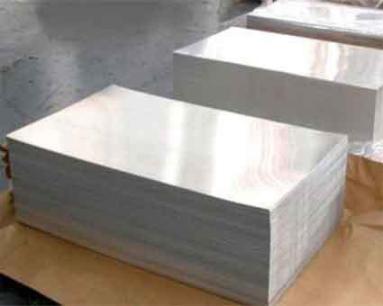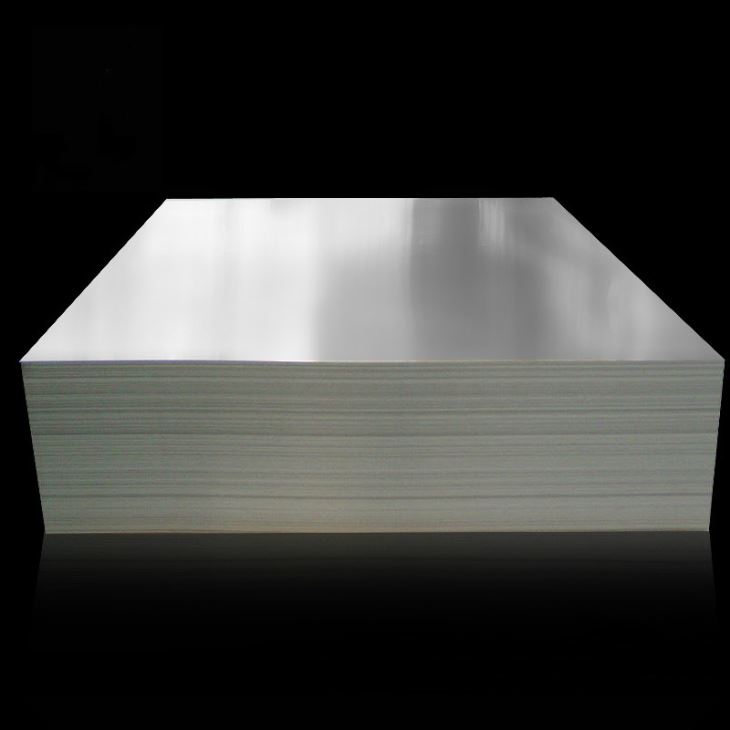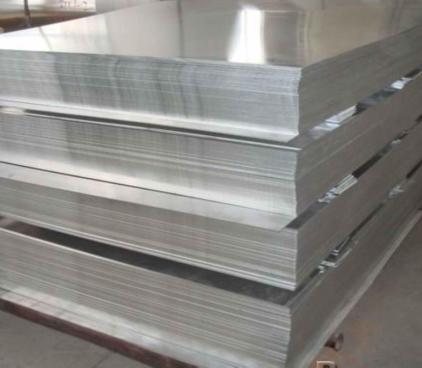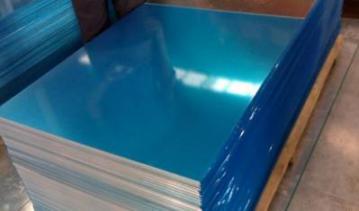Aluminum and section aluminum usually require surface treatment to meet different needs.Common aluminum alloy surface treatments are electroplating, spraying, wire drawing, anodizing , abrasive blasting , passivation, polishing, oxide film processing etc.
1 Abrasive blasting
Abrasive blasting is mainly to clean up the surface .Before the blasting, this process can increase the surface roughness, and to some degrees improve adhesion. However the effect is limited, not as good as pretreatment of chemical coating .
2 Coloring
There are two aluminum coloring processes. One is the oxidation of aluminum , the other is aluminum electrophoresis process.Coloring can bring a variety of colors on the oxide film, meeting certain technology requirements. These color include black color in optical instruments parts,golden colors on medals etc.
3 Conductive oxidation
Conductive oxidation (chromate conversion film) is used for both protective and conductive occasions.
4.Chemical oxidation
This oxide film is thin, porous,soft,and with good adsorption. The thickness is about 0.5 to 4 microns. It can be used as the bottom of the organic coating, but its wear resistance and corrosion resistance are not as good as the anodizing film.
By the nature of the solution ,aluminum and aluminum alloy chemical oxidation process can be divided into alkaline oxidation and acid oxidation two categories.
5 Electrochemical oxidation
For electrochemical oxidation,the aluminum and aluminum alloy chemical oxidation treatment equipment of is simple , easy to operate, and with high production efficiency as well as less consumption of electricity.This process can be used for a wide range, not limited by the size and shape of parts.
The thickness of electrochemical oxidation film is about 5 to 20 microns (hard anodize oxide film’s thickness can reach to 60 to 200 microns), with higher hardness, good heat and insulation.Besides its corrosion resistance is higher than that t of chemical oxide film. The porous oxidation film is of very good adsorption capacity.
6 Powder spraying
Powder spraying process is mainly used for external protection, decoration of certain equipment. Before the powder spraying ,aluminum parts should receive pre-treatment to solid the coating and the workpiece .There are three general methods: phosphating(phosphate), chroming(chrome-free), chemical oxidation.
7 Anodizing
Anodizing is the process of coating a thin layer of other kinds of metals or metal alloy on the surface the metal.
Brush plating is for partial plating or partial repair.Barrel plating is for small pieces, such as fasteners, washers, pins and so on. Through plating, you can not only get decorative products on the decorative and a variety of functional surface layer for mechanical products, but also repair wear and processing errors of the workpiece.There are acidic and alkaline electroplating solution, as well as aand neutral solution with chromium mixture. Using what kind of plating method is related with the plating tank ( between the pending plating and plating solution)and suspension system etc.
8 Chemical Polishing
Chemical polishing is a process that takes the advantage of aluminum and aluminum alloy’s selective self - dissolution in acid or alkaline electrolyte to flatten the surface of the polishing system reducing its surface roughness and PH values.The purity of aluminum and aluminum alloys has a great effect on the quality of chemical polishing. The higher the purity, the better the polishing quality is, and vice versa .
The advantages of chemical polishing:
The equipment is simple.
Don’t use electircf power
No limitation of part’s size,
High throwing speed and low processing cost.
9 Passivation
Passivation is a process that makes the metal surface not easy to be oxidized , and slows the corrosion rate of metal.An active metal or alloy, in which the chemical activity is greatly reduced, forming a state of precious metal is called passivation.
If metal's corrosion products caused by the action of the dielectric have a dense structure, it can form a layer of film (often invisible) that closely covers the surface of the metal, changing the surface state of the metal so that the the electrode potential of the metal jumps to the positive direction greatly, and become a passive state of corrosion.For instance,” Fe → Fe + + “, the standard electric potential is -0.44V,after passivation ,it increases to +0.5 ~ 1V, and shows the corrosion resistance that belongs to precious metals. The film is called passive film.
Related News
- What is Waterstain on Aluminum
- Why Aluminum Alloy For Automobi
- A Brief Introduction for Pure A
- The Difference of Mechanical Wo
- Pattern aluminum-related knowle
- Sectionalized Double Bus Bar
- Aluminum in Transport
- Aluminum Used for Bicycle
- How to Make Aluminum Foil ?
- What Are Aluminum Alloys for Bi
- Properties of Aluminum
- Aluminum and Aluminum Alloy's A
- How to Calculate the Weight of
- Why Anodization for Aluminum ?






